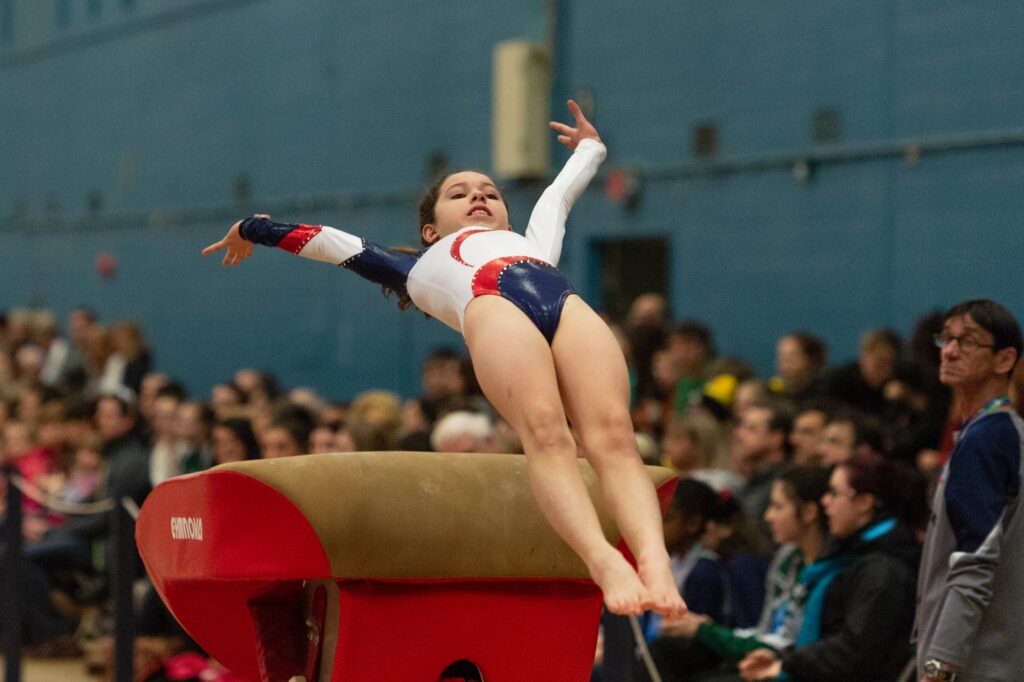Sports are great for kids, but they can also lead to injuries. One type of injury young athletes can face is osteochondritis dissecans, a type of lesion that develops on joints such as the knee or ankle. Kids who play sports that involve hard landings, like soccer and gymnastics, as well as those that involve repeated overhead throwing, like baseball, are most at risk of developing osteochondritis dissecans.
What is osteochondritis dissecans?
Osteochondritis dissecans is a condition characterized by a portion of bone and/or cartilage separating from the surface of a joint. This separation can cause swelling, inflammation, and pain, as well as a locking or catching sensation in the affected area. It most frequently occurs in the knee, but can occur on any joint.
Osteochondritis dissecans manifests as a lesion on the affected joint. These lesions become soft due to a lack of blood flow. This softness can become weak and eventually, separate from the joint. Often, osteochondritis dissecans lesions result from overuse of the joint, but they can also result from trauma to the joint or genetic factors.
Whom does osteochondritis dissecans affect?
Osteochondritis dissecans most frequently affects individuals between the ages of 10 and 20. Although it once primarily affected males, it has become increasingly common in females in recent years. This may be because more girls are playing sports today than they did in previous generations—in both sexes, osteochondritis dissecans often occurs in athletes.
Overall, osteochondritis dissecans lesions are an uncommon condition, affecting only 15 to 30 people out of 100,000.
What are the symptoms of osteochondritis dissecans?
Pain
Pain in the affected joint is the most common symptom of osteochondritis dissecans. Simply put, when a section of bone or cartilage is weak, soft, and possibly detached from your knee, it hurts! However, it’s important to remember that not all osteochondritis dissecans patients feel pain—in some cases, the patient feels perfectly fine, and the lesion is only found because their physician came across it while looking for something else.
Swelling
Inflammation and swelling are common symptoms of osteochondritis dissecans. The child might feel soreness or stiffness, as well, which can make it difficult to fully extend the arm or leg.
Locking and catching
Other signs of an osteochondritis dissecans lesion are locking and catching sensations in the affected area. The joint might feel like it’s “giving way” with each movement.
What parts of the body do osteochondritis dissecans affect?
Although osteochondritis dissecans lesions most commonly occur in the knees, they can also affect the elbows, ankles, hips, and other joints.
Diagnosis & treatment of osteochondritis dissecans
Diagnosis
Diagnosis of osteochondritis dissecans generally happens with an X-ray. In some cases, the physician may order an MRI to determine if the lesion is stable or unstable. A stable lesion is one that has not detached from the joint, whereas an unstable lesion is one that has fully detached. Whether a lesion is stable or unstable can determine the type of treatment the patient needs.
Treatment
In most cases involving stable lesions, the primary treatment for osteochondritis dissecans is rest. The child will need to stop playing sports until they make a full recovery, which is typically in a few months. During this time, the child may wear a cast, splint, or brace as directed by their physician. As they recover, the child may slowly resume everyday activities.
During the recovery period, the patient may be advised to soothe pain and inflammation by resting a cold pack on the affected area every one to two hours for 15 minutes at a time. They may also be advised to manage the pain with over-the-counter pain medication.
In cases involving unstable lesions, surgery may be a necessary treatment; surgery may also be required when a stable lesion does not heal after the prescribed rest period. Depending on the patient’s age and the nature of their osteochondritis dissecans, surgery may involve removing or securing detached pieces of bone, drilling small holes in the bone to promote healing, or via autologous transplantation surgery, which transplants healthy tissue from another part of the body to the affected joint.
When to see a pediatric orthopedist
A patient should see a pediatric orthopedist after receiving a referral to one from their primary care physician. Pediatric orthopedists specialize in treating injuries and musculoskeletal conditions in minors, which may have different diagnostic criteria, prognoses, and treatment plans than those used to treat these conditions in adults.
If your child needs an orthopedic evaluation or pediatric orthopedic treatment—including surgery—we invite you to set up an appointment to see a NJ pediatric orthopedist in one of our three northern New Jersey offices.



